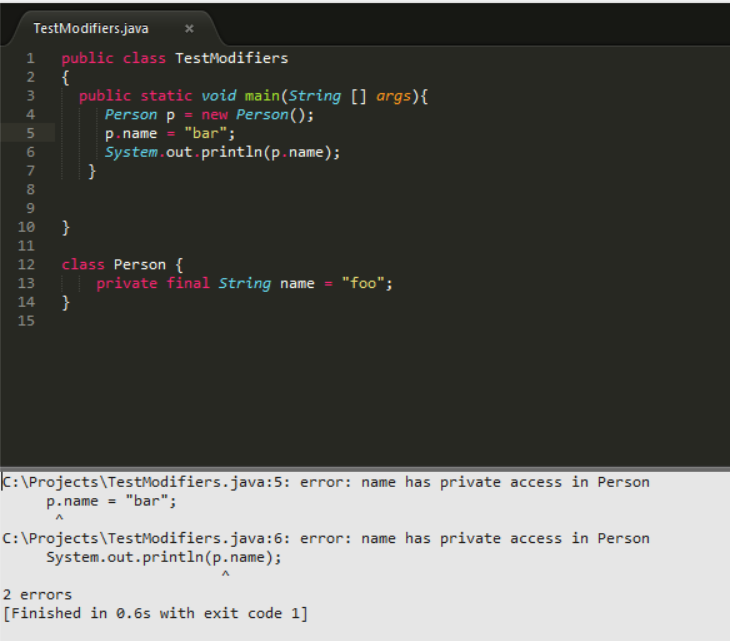10 years of AJAX - Now much cleaner and standardized !
A decade of Ajax About 10 years ago the Ajax word was coined to describe the interactive web that Google created at that time Google Suggest and Google Maps ( Ajax - Jesse James ) . At the heart of that emerging technology is a Microsoft created object XHR(XMLHttpRequest - XMLHttpRequest ) and is now adopted by Mozilla, Apple, and Google (IE is a different Web technology story). XHR is now being adopted as a standard in W3C ( standardized XHR - W3C ). But not only that there is XHR2 ( HTML5 Rocks ) - (I think this has been discontinued.) XHR provides an easy way to retrieve data without doing a page refresh. Despite its name we are using XHR for any structured data that the server can provide us. (JSON, JSON-LD) - and binary data ( SPDY HTTP 2.0 ) We have used AJAX in a lot of creative (SPA, Web API, MashUps) ways and I am excited to see the next decade of highly interactive web designs. The Future What would the role of AJAX be in th...



.png)